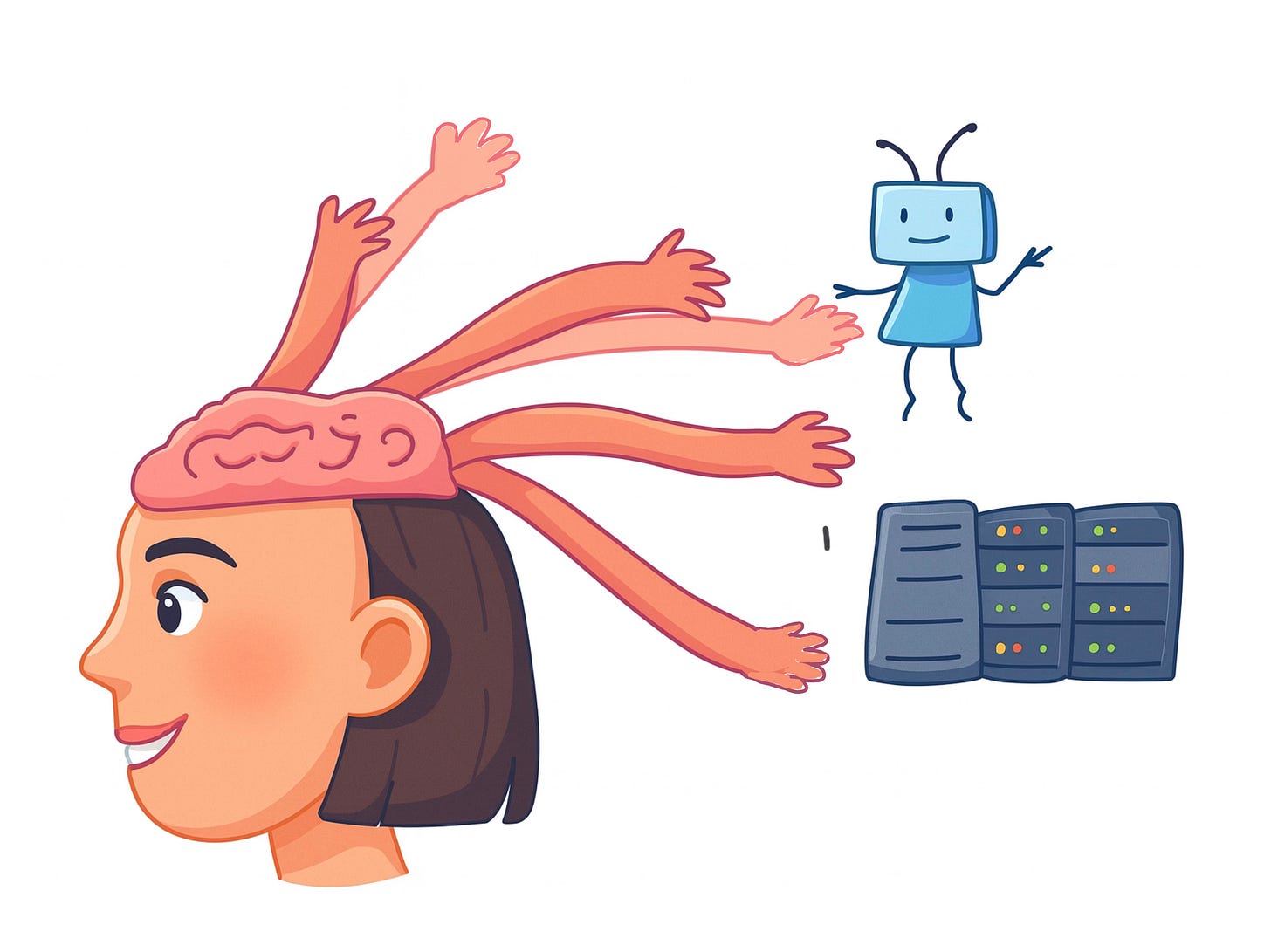The Pilot Paradox: Why AI's True Power Lives in Human Intention
On entropy, intelligence, and the irreplaceable role of the thinker
Before there was order, there was chaos. Before there was meaning, there was randomness. Before there was direction, the universe sprawled in perfect symmetry—high entropy, no bias, no purpose. Then something extraordinary happened: intention emerged. Not as a cosmic accident, but as the first asymmetry in an entropic field. The first “no” to randomness. The first arrow pointing somewhere.
This is not poetry. This is physics meeting philosophy at the edge of intelligence itself.
The Engine We Keep Forgetting
We’re living through a moment of technological vertigo. GPT, Claude, Gemini—models so capable they seem to think, to create, to understand. We watch them write code, compose essays, solve problems we thought were uniquely human. And in our awe, we make a fundamental error: we confuse execution with intention.
Here’s what we’ve gotten wrong: intelligence is not the ability to process language—it’s the ability to bend reality toward a purpose.
Models don’t have purposes. They have patterns. They can generate meaning (the semantic relationships between words), but they cannot generate intention (the directional force that decides which meaning matters). A language model is like an ocean—vast, fluid, containing everything and nothing. But an ocean doesn’t decide where the ship goes.
You do.
Intention is the engine. Everything else is fuel.
Keep reading with a 7-day free trial
Subscribe to Susan STEM’s Entropy Control Theory to keep reading this post and get 7 days of free access to the full post archives.


